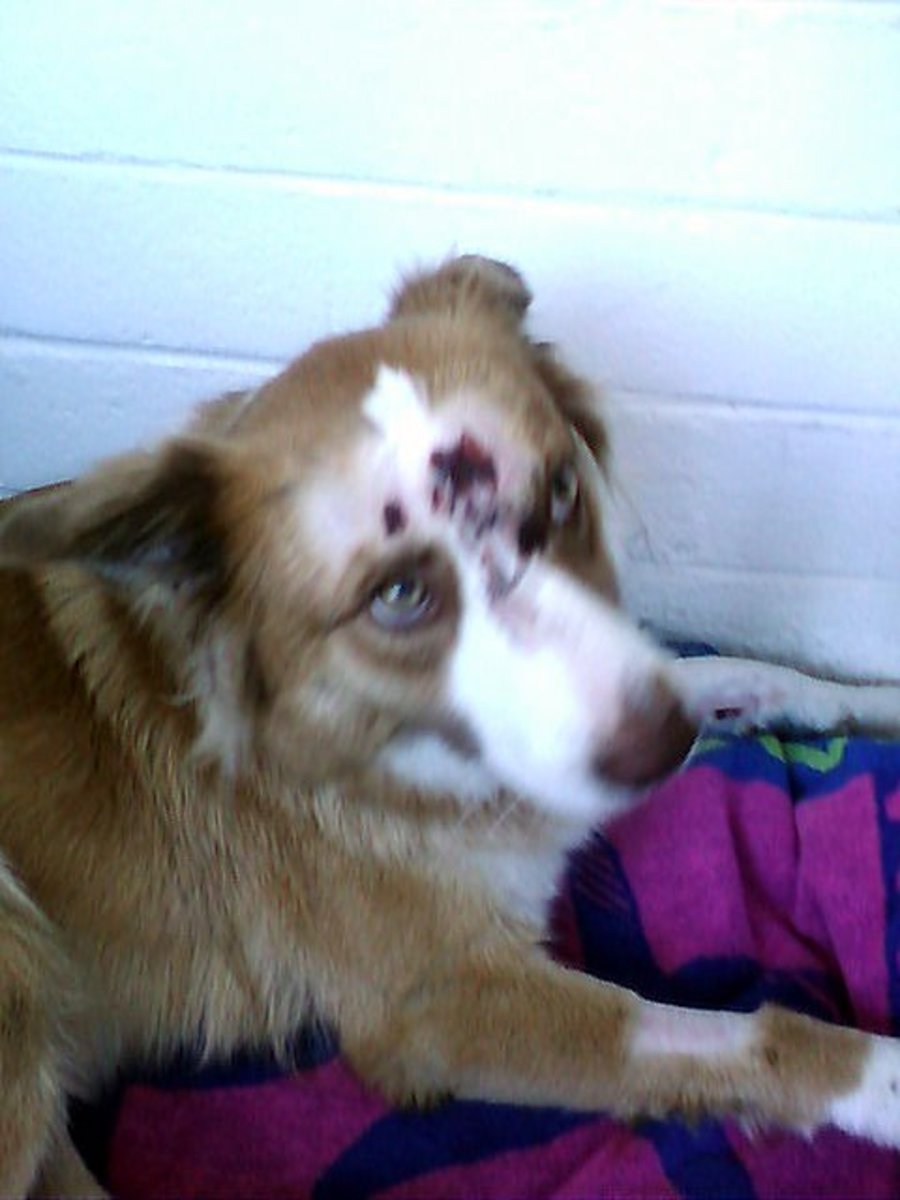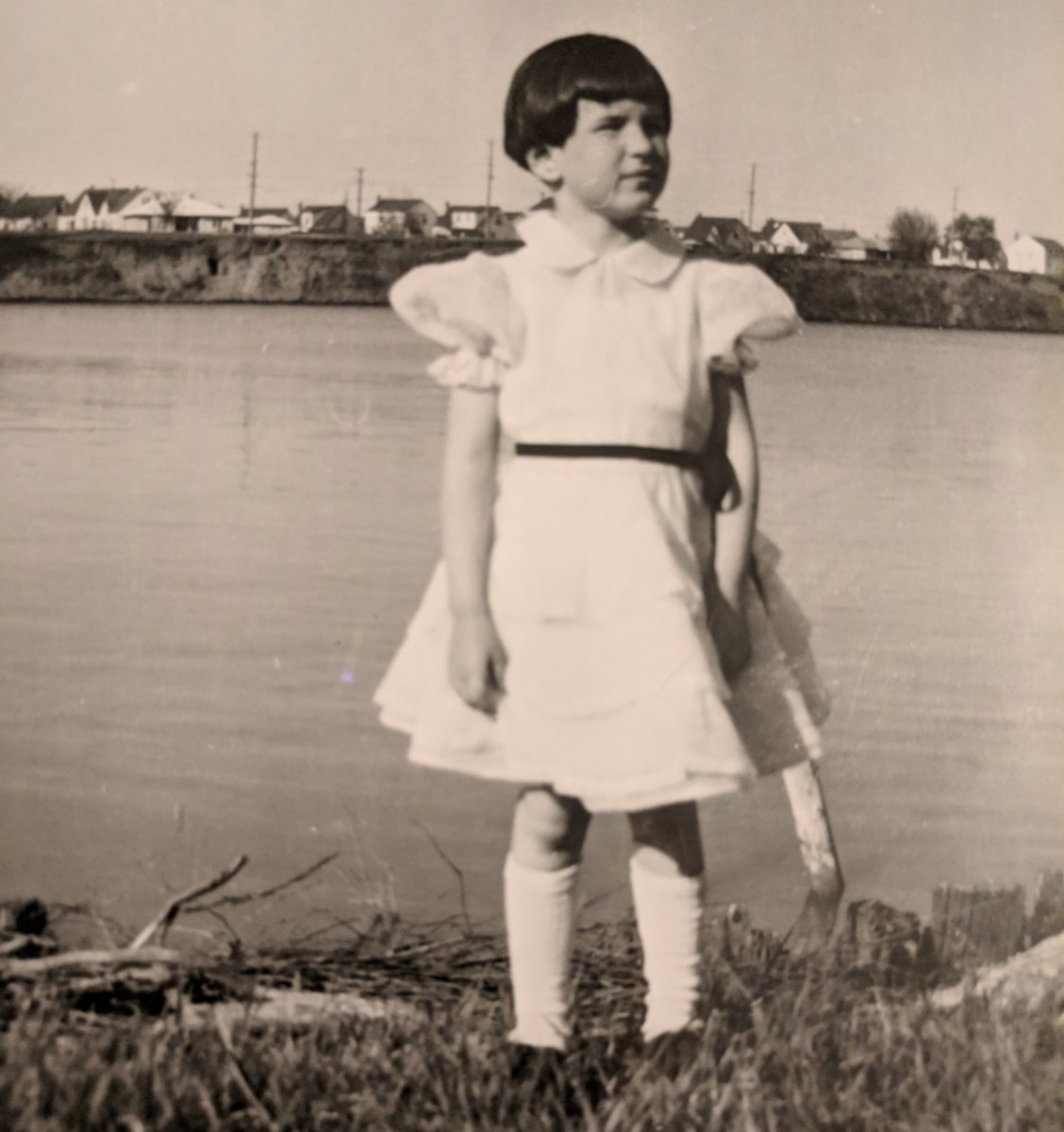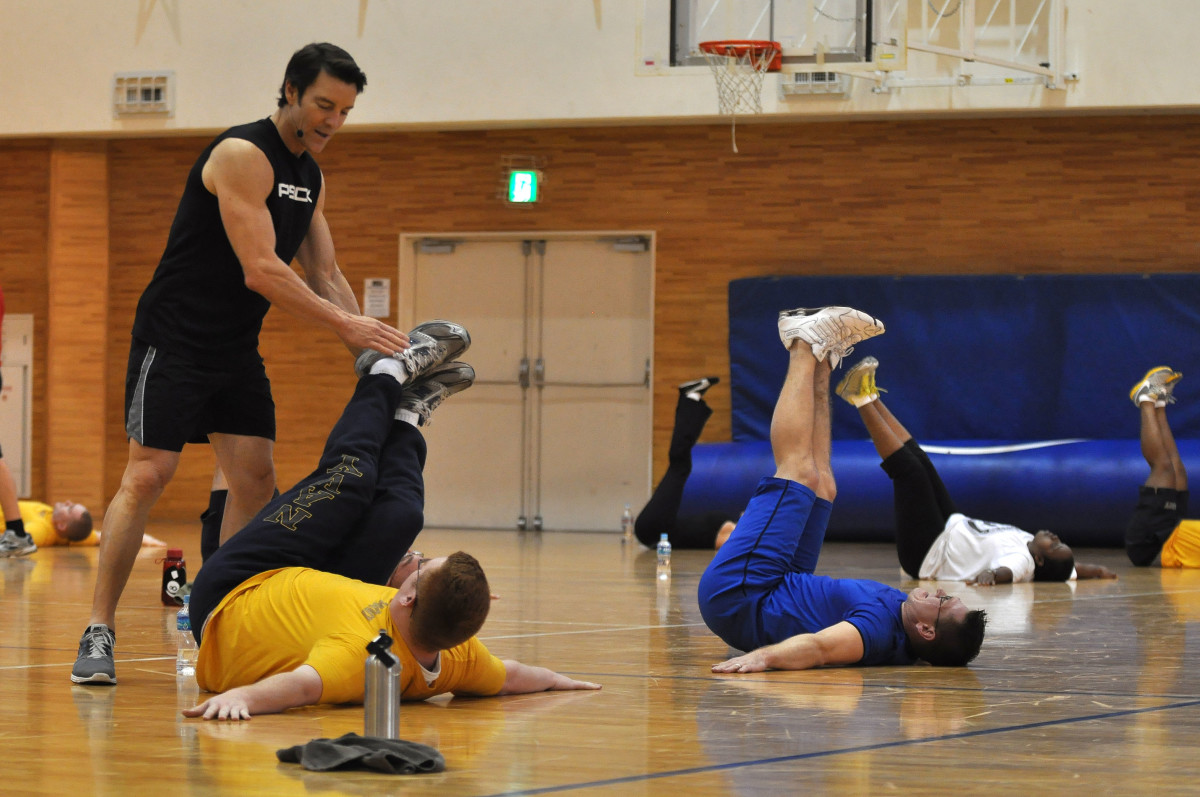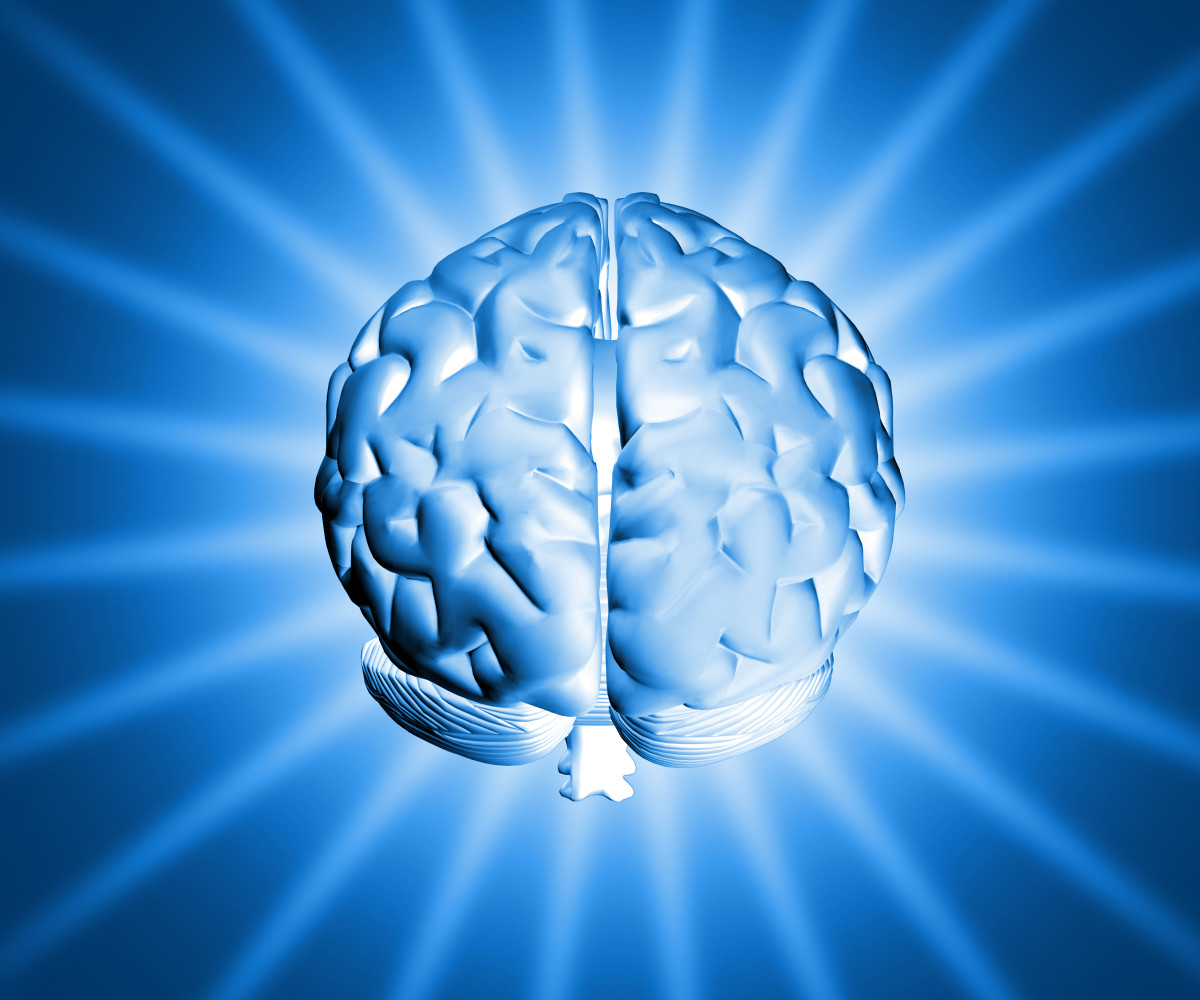Clinical Picture in Civilian "Shock" Cases
Introduction
Examples of civilian "shock" cases may show a wide range of symptoms depending on the nature and severity of the terrifying experience, the degree of surprise, and the personality makeup of the individual. A "disaster syndrome" has been delineated that characterizes the reactions of many victims of tornadoes, fires, and the civilian catastrophes such as the COVID-19 virus. This syndrome may be described in terms of both initial reactions to the traumatic experience and possible complications that arise later and are thus called post-traumatic symptoms.

Initial "disaster syndrome"
The early syndrome typically involves the three following stages:
Shock stage, in which the victim is stunned, dazed, and apathetic. Frequently unaware of personal injuries or of imminent danger, the victim tends to wonder about aimlessly until guided or directed by the emergency services or military and is unable to make minimal efforts to help him or herself. In extreme cases the victim may be stuporous, disorientated, and amnesic due to the traumatic event.
Suggestible stage, in which the victim tends to be passive,, suggestible, and willing to take directions from health care workers or others less affected by the disaster. The individual often expresses extreme concern over the welfare of others involved in the disaster and attempts to be of assistance, however, this behaviour tends to be insufficient even in the performance of routine tasks.
Recovery stage, in which the individual may be tense and apprehensive and show generalized anxiety, but gradually regains psychological equilibrium. The individual usually shows a need to repetitively tell about the catastrophic event.
In some cases the clinical picture may be complicated by intense feelings of grief and depression. Usually the feelings of personal inadequacy may have contributed to the loss of loved ones in the disaster, the picture may be further complicated by strong feelings of guilt.
Post-traumatic "disaster syndrome"
Certain civilians who under go terrifying experiences reveal a somewhat typical post-traumatic pattern that may endure for weeks, months or even years.
It includes the following symptoms:
- anxiety, varying from mild apprehension to episodes of acute anxiety commonly associated with situations that recall the traumatic experience
- chronic tension and irratability, often accompanied by fatigability, insomia, the inability to tolerate noise, and the complaint that "I just can't seem to relax"
- repetitive nightmares reproducing the traumatic incident directly or symbolically
- complaints of impaired concerntration and memory
- feelings of depression
In some cases the individual may withdraw from social contact and avoid experiences that might increase excitation, for example, the avoidance of interpersonal involvement, loss of sexual interest, and an attitude of "peace and quiet at any price."
This may also be complicated by a physical mutilation that necessitates changes in one's way of life; it may also be complicated by the psychological effects of disability compensation or prolonged legal proceedings, which tend to prolong post traumatic symptoms.
Crowds run for shelter during September 11th attacks in NYC
During the initial reaction to the catastrophe, symptoms of being stunned, dazed and 'numbed", appear to stem from psychological decompensation associated with the traumatic event; there also appear to be defense mechanisms protecting the individuals from the full impact of the catastrophe until they are better prepared to assimilate the trauma into their life experience.
The stage of suggestibility results from the individual's temporary inability to deal with the situation alone, plus a tendency to regress to a passive- dependent.
During the stage of recovery, the recurrent nightmares and the typical need to tell about the disaster with identical detail and emphasis appear to be mechanisms for reducing anxiety and desensitizing the individual to the traumatic experience. The tension, apprehensiveness, and hypersensitivity that often accompany the recovery stage appear to be residual effects of the shock reaction and to reflect the individual's realization that the world can become overwhelmingly dangerous and threatening. Feelings of guilt about having failed loved ones who perished may be quite intense, especially in situations where some responsibility can be directly assigned. However, panic reactions are not common among people in the impact area of a disaster. For example, most victims of floods and hurricanes, or more recently during a pandemic, but experience a sense of dread.
Instead panic, defined as acute fear followed by flight behaviour, tends to be ocur only under fairly specific conditions.
- when a group of people is directly threatened
- when the situation is viewed as one in which escape is possible at the moment but maybe only for a few minutes or not for everyone
- when the group is taken by surprise and has no prearranged plan for dealing with such a disaster
Under such conditions there may be a complete disorganization of the group, with each individual striving for self preservation; the emotional panic stricken behaviour of others seem to be contagious and a person may be overwhelmed by fear.
Behaviour may be extremely irrational and non-adaptive and may actually result in needless loss of life. However, most civilians function relatively well in catastrophes and may behave with heroism.
Both precipitating and predisposing conditions in civilian life are likely to differ as these factors may determine which individuals develop traumatic reactions and which do not, and why some recover much more rapidly than others.
In both acute and long term chronic reactions, conditioned fear - the fear associated with the traumatic experience - appears to be a causal factor. Prompt psychotherapy following the traumatic experience is considered important in preventing such conditioned fear from 'building up" and becoming resistant to change.
Treatment and outcomes
Mild reassuring therapy, mild sedatives and proper rest usually lead to the rapid alleviation of symptoms in civilian "shock" reactions. Repetitive talking about the experience and repetitive reliving of the experience in fantasy or nightmares may serve as built-in repair mechanisms in helping the individual adjust to the traumatic experience.
While the majority of civilian "shock" reactions clear up in a matter of days or weeks, a minority of cases may persist over a sustained period of time. Here the individual often remains sensitized to certain types of hazardous situations and simply does not regain self-confidence in dealing with them. The more stable and better integrated the personality and more favourable the individual's life situation, the more quickly the individual will recover from a civilian "shock" reaction.








